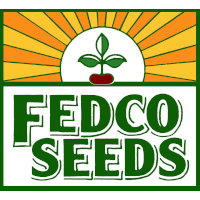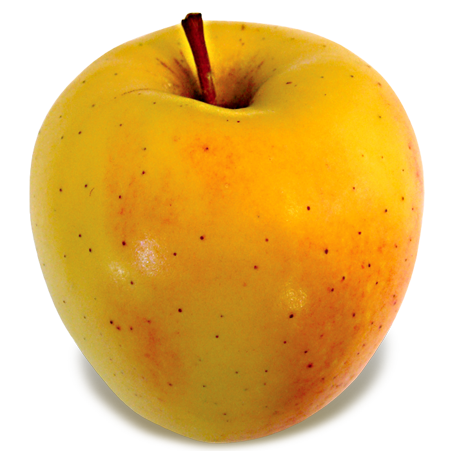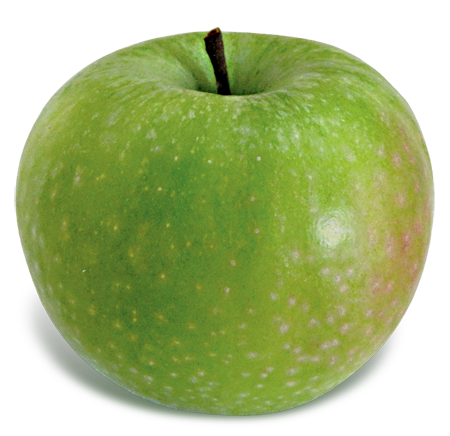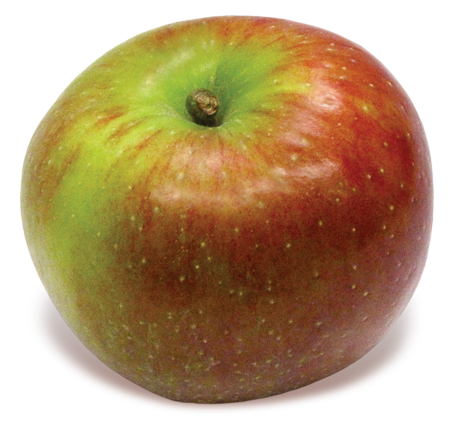- Thread starter
- #31
CrealCritter
Sustainability Master
- Joined
- Jul 16, 2017
- Messages
- 11,804
- Reaction score
- 24,604
- Points
- 387
- Location
- Zone 6B or 7 can't decide
Couple red delicious apples hanging from a pruned branch.

Few more

Some is better than none
Jesus is Lord and Christ


Few more
Some is better than none
Jesus is Lord and Christ







